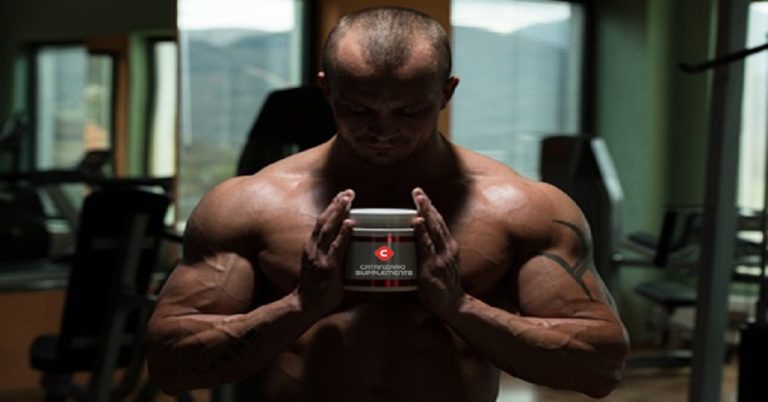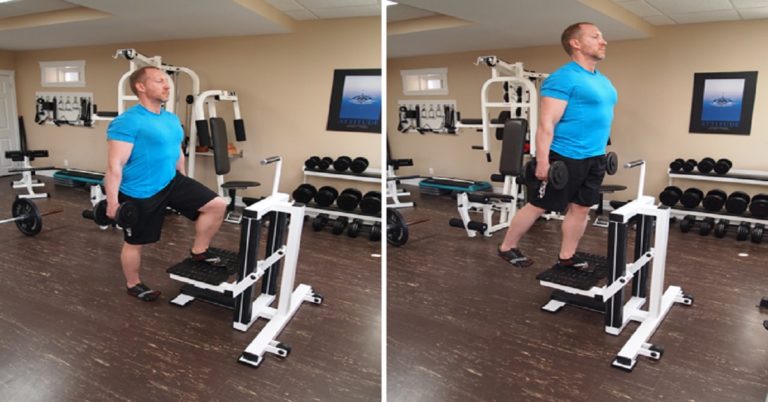Last month, we discussed the concept of avoiding carbs immediately after a workout and using amino acids instead. (Read more here.) Here’s another take on the no-carb post-workout approach—this time with a slight delay before consuming amino acids. Delaying Post-Workout Nutrition John Kiefer, author of Carb Back-Loading, shared his perspective during a discussion with IFBB…
When performing step-ups for the first time, start with a dumbbell side step-up on a low step. Over time, increase the range of motion by transitioning to a forward step-up and gradually raising the step height as strength improves. The greater the range of motion, the more muscle you recruit. In general, a higher step…
Many experts have touted the benefits of low-intensity strength training following high-intensity work to enhance recovery. This type of training is often referred to as a feeder workout. However, Australian research has shown that while light concentric exercise may temporarily reduce soreness, it does not speed up recovery from muscle damage caused by eccentric exercise….
In a recent interview, Gary Reinl, author of ICED! The Illusionary Treatment Option, discussed the importance of lymphatic drainage. As Reinl puts it, the lymphatic system is essentially a drainage system that takes out the garbage. Think of it like a garbage disposer in your sink—it takes waste in from one end and disposes of…
I hate to break the news, but in strength training, there’s really nothing new under the sun. Take the popular “10 sets of 10 reps” method. Most modern-day lifters were introduced to this system by Charles Poliquin in the July 1996 issue of Muscle Media 2000, but anyone familiar with Vince “The Iron Guru” Gironda…
Rheo Blair, a legendary nutrition guru, once advised taking as many as 500 supplement pills per day to meet nutrient needs. Among them was calcium, which he recommended consuming with meals—especially when eating red meat—to improve the calcium-to-phosphorus (Ca:P) ratio. Blair believed that the high phosphorus content in meat could disrupt the ideal 2:1 Ca:P…
In the past, we explored some of the key issues surrounding childhood obesity (read more here). One major contributor is inactivity. Kids are spending less time playing and more time glued to screens—and the television is one of the biggest culprits. TV time doesn’t just affect physical health; it can also have a significant impact…
Every year from May to September, I do a medicine ball circuit outdoors at least once a week. It’s a fantastic conditioning method that gets you in shape fast. If you want six-pack abs, add this circuit to your regimen—it works far better than a treadmill, elliptical machine, or stationary cycle. Plus, you get outside…
Every year, many professional bodybuilders take an extended leave from training. They do this for a few reasons. The rigors of training and dieting to peak for a competition can take a toll both mentally and physically, so it’s beneficial to rest before going on the hunt again. A layoff gives the body time to…










